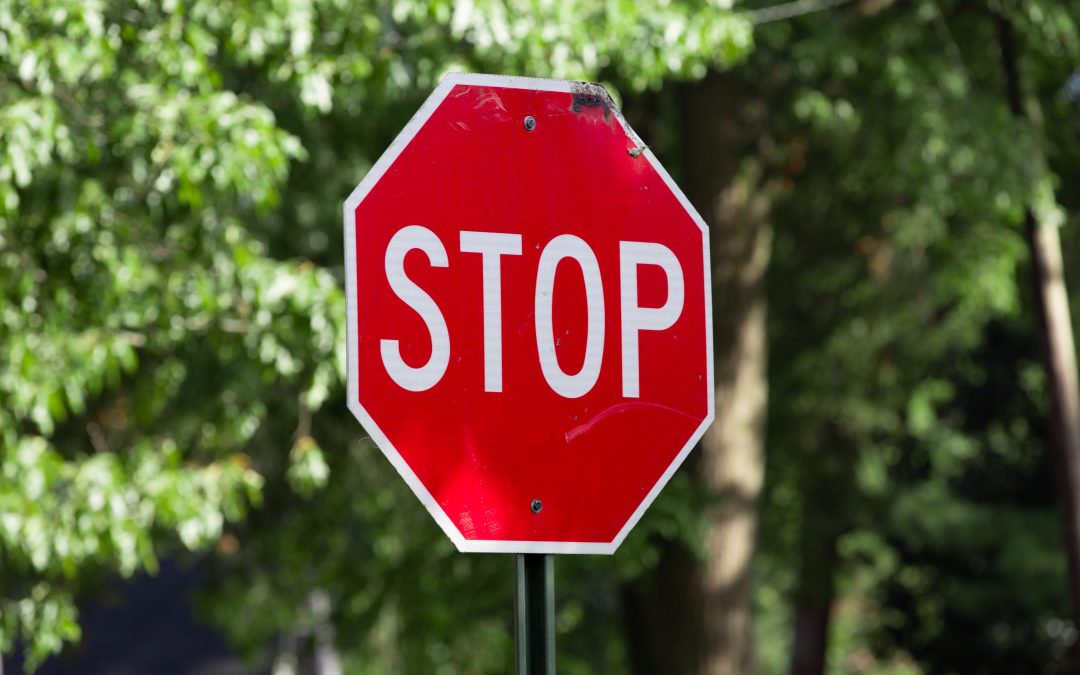We’ve all been there—rushing through an amber light, hoping to make it before it turns red. But what happens if you accidentally find yourself on the wrong side of the traffic light law? Let’s delve into the world of traffic light cameras, those silent sentinels at busy junctions that play a crucial role in keeping our roads safe.
How Traffic Light Cameras Work
Ever wondered how those traffic light cameras operate? It’s a bit like magic, but in reality, it’s a sophisticated system at play. Red light cameras are equipped with sensors or ground loops in the road that detect vehicles crossing the white stop line after the light has turned red. These high-tech marvels, predominantly made by Gatsometer in the UK, use built-in radar technology, serving dual functions—monitoring speed and catching red-light runners.
Do All Traffic Lights Have Cameras?
The short answer is no, but they’re not as rare as a unicorn either. Typically, larger and busier junctions are prime candidates for these watchful eyes. Accident-prone areas also often see the installation of these cameras. So, the best advice? Treat every junction as if it has a camera, and obey the lights and stop lines diligently.
The Why Behind Red Light Cameras
Why do we need these cameras? Simple—safety. Traffic cameras, especially red light cameras, are strategically placed in high-risk areas where accidents or injuries have occurred due to red light violations. They’re like guardian angels, ensuring that everyone plays by the rules and arrives at their destination unharmed.
The Mysterious Flash (or Lack Thereof)
Now, here’s the million-pound question: does a red light camera flash? Unlike their flashy yellow box speed camera counterparts, traffic light cameras might not always give themselves away with a bright flash. Gatsometer cameras do, but newer Trevulo-D speed cameras use an infra-red flash, invisible to the naked eye. So, if you’ve danced with danger at a junction, you might not know immediately if you’ve been caught.
Caught in the Act: What Happens Next?
If you do find yourself on the wrong side of a traffic light camera, brace yourself for a Notice of Intended Prosecution (NIP) within 14 days. This official document will ask you to name the driver and may include a fixed penalty fine. Don’t panic; you do have the right to appeal if you believe you had a valid reason for running that red light.
Defending Your Case (or Trying To)
While pleading ignorance won’t get you far, there are limited defences available. Proving you didn’t go through the red light or demonstrating a defect in the traffic light or related signage are potential escape routes. Courts may also consider special reasons, but don’t count on being let off the hook for not giving way to an emergency vehicle.
The Price You Pay
Beyond the immediate concern for safety, running a red light comes with a financial sting. Typically, a £100 fine and 3 points on your licence are the penalties. Ignore the NIP, and you might face a heftier fine, six penalty points, and potential prosecution.
Many constabularies offer educational courses for red-light runners, a silver lining for those looking to turn a traffic violation into a learning opportunity. So, the next time you approach a junction, remember—those cameras might be watching, and it’s always better to be safe than sorry.
